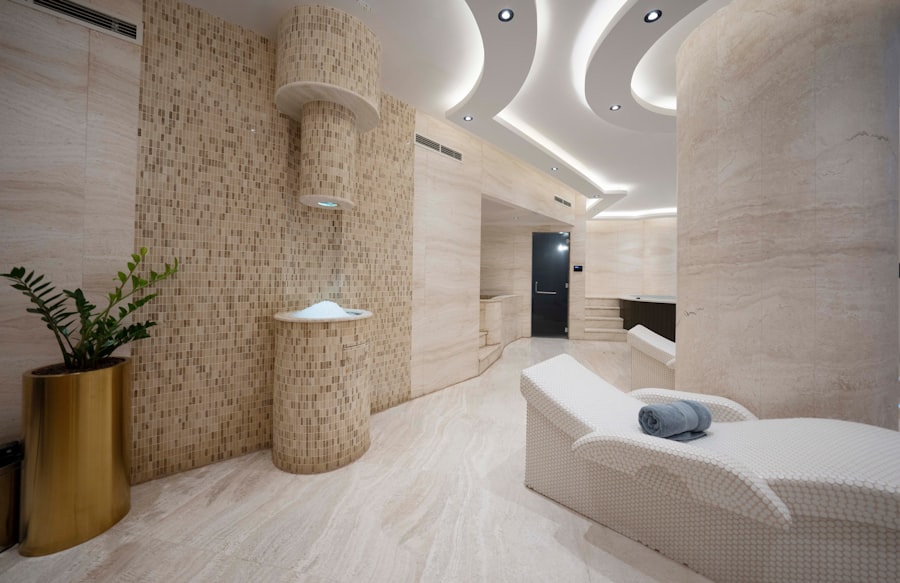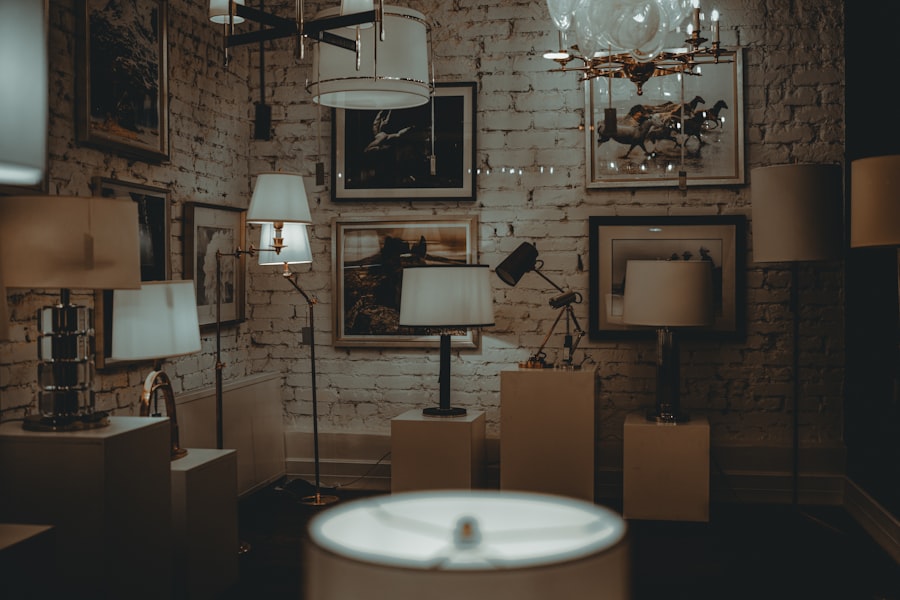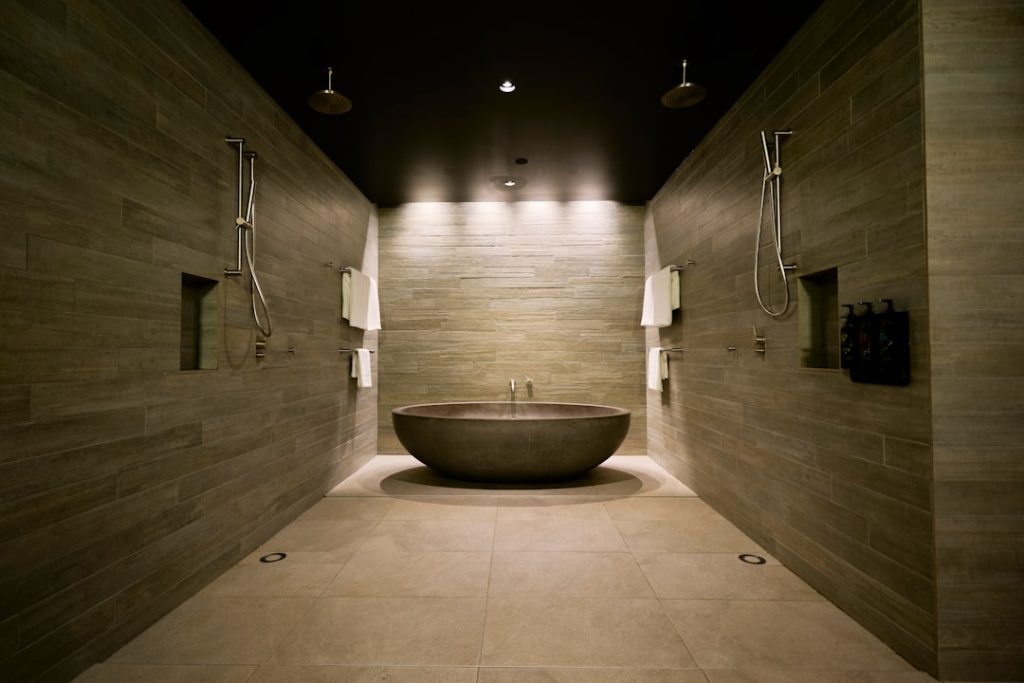Bathtub walls serve as a crucial component of any bathroom, providing both functional and aesthetic benefits. They not only protect the surrounding areas from water damage but also contribute significantly to the overall design and ambiance of the space. The choice of materials, colors, and styles can transform a mundane bathroom into a luxurious retreat.
As bathrooms become increasingly important in home design, understanding the various aspects of bathtub walls is essential for homeowners looking to enhance their living spaces. The evolution of bathtub walls has seen a shift from purely utilitarian designs to more sophisticated and stylish options. In modern bathrooms, these walls are not just barriers against moisture; they are integral to the room’s character.
With a plethora of materials available, ranging from traditional tiles to contemporary acrylic panels, homeowners have the opportunity to express their personal style while ensuring durability and ease of maintenance. This article will delve into the various aspects of bathtub walls, including material selection, design options, installation methods, maintenance tips, and budget-friendly solutions.
Key Takeaways
- Selecting the appropriate material is crucial for durable and attractive bathtub walls.
- Various design and style options allow customization to match your bathroom decor.
- Deciding between DIY and professional installation depends on skill level and project complexity.
- Regular maintenance and cleaning keep bathtub walls looking fresh and prevent damage.
- Adding accessories and budget-friendly upgrades can significantly enhance your bathroom’s appearance.
Choosing the Right Material for Your Bathtub Walls
Selecting the appropriate material for bathtub walls is a fundamental decision that impacts both functionality and aesthetics. Common materials include ceramic tiles, acrylic panels, fiberglass, natural stone, and even glass. Each material comes with its own set of advantages and disadvantages, making it essential for homeowners to consider their specific needs and preferences before making a choice.
Ceramic tiles are a popular option due to their versatility and wide range of designs. They can be found in various colors, patterns, and sizes, allowing for creative expression in bathroom design. Additionally, ceramic tiles are resistant to moisture and easy to clean, making them a practical choice for wet environments.
However, they can be cold to the touch and may require grout maintenance over time. On the other hand, acrylic panels offer a seamless look that minimizes the risk of mold and mildew growth. They are lightweight and easy to install, making them an attractive option for DIY enthusiasts.
Natural stone materials such as marble or granite provide an opulent feel but come with higher costs and maintenance requirements. These materials are porous and may need sealing to prevent water damage. Fiberglass is another option that is lightweight and affordable but may lack the aesthetic appeal of more luxurious materials.
Glass panels can create an open and airy feel in the bathroom but require regular cleaning to maintain their clarity. Ultimately, the choice of material should align with the homeowner’s budget, style preferences, and maintenance capabilities.
Design and Style Options for Bathtub Walls

The design possibilities for bathtub walls are virtually limitless, allowing homeowners to create a space that reflects their personal taste. From minimalist aesthetics to bold patterns, the design of bathtub walls can significantly influence the overall atmosphere of the bathroom. One popular trend is the use of large-format tiles that create a sleek and modern look.
These tiles reduce grout lines, resulting in a cleaner appearance that is easier to maintain. Another design option gaining popularity is the use of accent walls. By incorporating a different material or color on one wall, homeowners can create a focal point that draws the eye.
For instance, a vibrant mosaic tile accent wall can add a splash of color and texture against more neutral surrounding walls. Additionally, vertical or horizontal stripes created with tiles or panels can enhance the perception of space in smaller bathrooms. In terms of color schemes, soft pastels and earthy tones are often favored for creating a calming environment.
However, bold colors like deep blues or rich greens can evoke a sense of luxury and sophistication. Textured finishes, such as matte or glossy surfaces, can also play a significant role in the overall design. Homeowners should consider how their choices will harmonize with other elements in the bathroom, such as fixtures, cabinetry, and flooring.
DIY vs Professional Installation of Bathtub Walls
| Metric | DIY Installation | Professional Installation |
|---|---|---|
| Average Cost | 300 – 700 | 800 – 1500 |
| Installation Time | 1 – 3 days | 4 – 8 hours |
| Skill Level Required | Intermediate to Advanced | Professional Expertise |
| Warranty | Typically None | 1 – 5 years |
| Risk of Errors | High | Low |
| Tools Needed | Basic to Specialized Tools | Professional Tools Provided |
| Customization Options | Limited | Wide Range |
| Cleanup | DIY Responsibility | Included in Service |
When it comes to installing bathtub walls, homeowners often face the decision between tackling the project themselves or hiring professionals. DIY installation can be an appealing option for those who enjoy hands-on projects and want to save on labor costs. With the right tools and materials, many homeowners can successfully install acrylic panels or tile walls.
Online tutorials and instructional videos provide valuable guidance for those who choose this route. However, it is essential to recognize that DIY installation may not be suitable for everyone. Complex tile layouts or intricate designs may require professional expertise to ensure proper alignment and waterproofing.
Additionally, mistakes made during installation can lead to costly repairs down the line. For homeowners who lack experience in plumbing or construction, hiring a professional may be the best course of action to guarantee a high-quality finish. Professional installation offers several advantages beyond just expertise.
Experienced contractors can often complete the job more quickly than an inexperienced homeowner could manage. They also have access to specialized tools that may not be readily available to DIYers. Furthermore, many professionals provide warranties on their work, giving homeowners peace of mind regarding durability and quality.
Maintenance and Cleaning Tips for Bathtub Walls
Maintaining bathtub walls is essential for preserving their appearance and functionality over time. Regular cleaning helps prevent mold and mildew buildup, which can thrive in damp environments. Homeowners should establish a cleaning routine that includes wiping down surfaces after each use to minimize soap scum and water spots.
A simple solution of warm water mixed with mild detergent is often sufficient for routine cleaning. For more stubborn stains or buildup, specialized cleaning products designed for specific materials may be necessary. For instance, vinegar can effectively remove soap scum from glass surfaces without scratching them.
However, caution should be exercised when using acidic cleaners on natural stone surfaces, as they can cause etching or discoloration. It’s advisable to consult manufacturer guidelines regarding appropriate cleaning methods for different materials. In addition to regular cleaning, periodic inspections are crucial for identifying any signs of damage or wear early on.
Homeowners should check for cracks in tiles or seams in panels that could lead to water infiltration. Addressing these issues promptly can prevent more extensive damage and costly repairs in the future.
Enhancing Your Bathroom with Bathtub Wall Accessories

Accessories play a significant role in enhancing the functionality and aesthetics of bathtub walls. From decorative elements to practical additions, these accessories can elevate the overall experience of using the bathroom. One popular accessory is a built-in shelf or niche that provides convenient storage for toiletries and bath essentials without cluttering the space.
Shower caddies or hanging organizers can also be attached to bathtub walls for easy access to bath products while keeping them off the floor. For those who enjoy soaking in the tub, adding a bath tray can create a spa-like experience by providing space for candles, books, or beverages within arm’s reach. In terms of aesthetics, decorative tiles or wall decals can add personality to bathtub walls without requiring extensive renovations.
These elements allow homeowners to express their style while maintaining functionality. Additionally, incorporating lighting features such as LED strips along the edges of bathtub walls can create an inviting ambiance during evening baths.
Budget-Friendly Options for Revamping Your Bathroom with Bathtub Walls
Revamping bathtub walls does not have to break the bank; there are numerous budget-friendly options available for homeowners looking to refresh their bathrooms without overspending. One cost-effective approach is to paint existing walls with moisture-resistant paint designed specifically for bathrooms. This option allows for a quick transformation while providing protection against humidity.
Another economical solution is using peel-and-stick vinyl tiles or panels that mimic the appearance of more expensive materials like ceramic or stone. These products are easy to install and remove, making them ideal for renters or those who want a temporary update without significant investment. For those willing to invest a bit more time into DIY projects, re-grouting existing tiles can dramatically improve their appearance at a fraction of the cost of replacement.
This process involves removing old grout and applying new grout to refresh the look of tiled walls without needing extensive renovations.
Transforming Your Bathroom with Stylish Bathtub Walls
Bathtub walls are more than just functional barriers; they are an opportunity for homeowners to express their style while enhancing their bathroom’s overall appeal. With careful consideration of materials, design options, installation methods, maintenance practices, accessories, and budget-friendly solutions, transforming your bathroom into a stylish sanctuary is entirely achievable. Whether opting for luxurious natural stone or practical acrylic panels, each choice contributes uniquely to the bathroom’s character.
The right design elements can create an inviting atmosphere that encourages relaxation and rejuvenation after a long day. By investing time in planning and execution—whether through DIY efforts or professional assistance—homeowners can achieve stunning results that elevate their bathrooms into personal retreats. Ultimately, stylish bathtub walls not only enhance the visual appeal of a bathroom but also increase its value by creating an inviting space that potential buyers will appreciate.
As trends continue to evolve in home design, staying informed about options available for bathtub walls will empower homeowners to make choices that reflect their tastes while ensuring functionality and durability in one of the most essential spaces in their homes.




